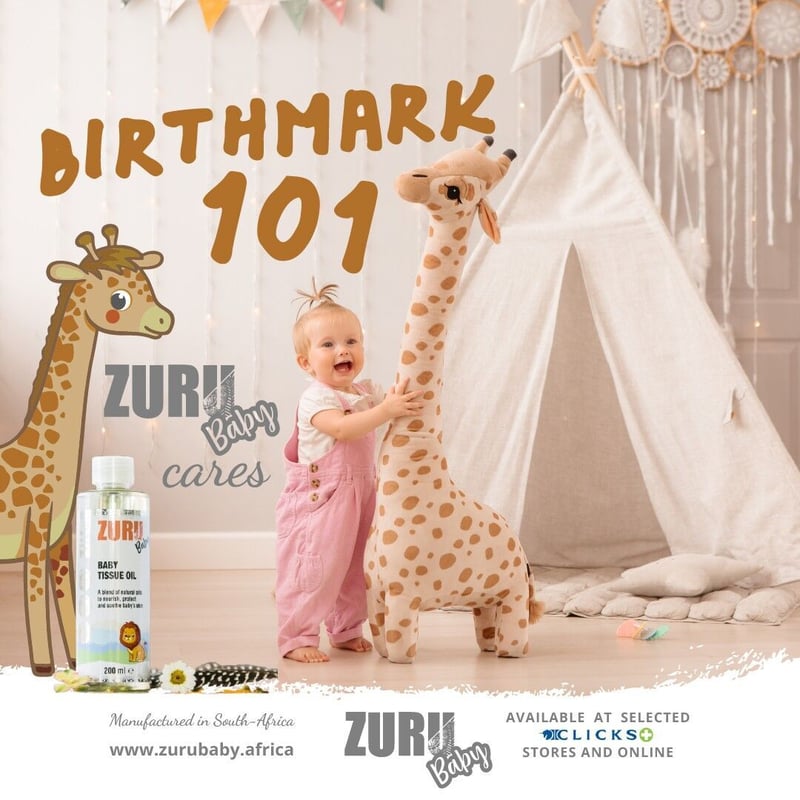
Many African parents believe their children will die if they are born with a birthmark. Unfortunately, this fear is instilled in them by their families and friends who have strong beliefs and superstitions about African norms and customs.
Birthmarks can be found in 5%-10% of all babies. Most of these are common nevi (areas of skin discolouration) and need no further evaluation. Birthmark types are generally divided into three groups: pigmented, vascular and anatomic. Some birthmarks develop over time while some are present at birth.
A birthmark usually disappears in the first year of the child’s life as the skin’s top layer thickens. It is neither fatal nor dangerous and the condition does not need treatment.
If you are worried about your child’s birthmark, please speak to a paediatrician who will explain everything to you. Health workers are urged to warn parents not to use razors or other harmful methods to try and remove the birthmark as this will injure the baby.
Get new press articles by email
Hlengani Communications serves as a bridge between clients and the markets that they serve, through a specialist outsourced communication service. As a specialist outsourced communication service, we serve as a bridge between clients and their targeted audience. As an independent agency managing all aspects of communications and investor relations, clients are provided with the peace of mind... Read More
Latest from
- Proudly South African Skincare Yearn Skin is solidifying its stake in the booming E-commerce sector
- Preparing for Your First Year of University or College - A Comprehensive Guide for 2024 Matriculants
- Small and Intentional Steps Can Make a Significant Impact in Combating GBVF in Higher Education Institutions
- School Children Must Not Go Hungry in 2025
- Commemoration of 1000 Days of Russia's Invasion of Ukraine
- It takes one single step to Save the Soil
- NAMA continues to educate its members on sectional title regulation changes
- Zuru extends a helping hand to children’s homes thanks to an R2 donation commitment
- MEC Lesufi and Honeywell open new coding and robotics lab at St.Barnabas School of Specialisation
- Why is Minister Patel abandoning his signature master plan?
- Nonceba celebrates beauty market deal
- Healthy, glowing skin drives entrepreneur’s passion
- Dangers of parents overdressing children in winter
- Let's take care of your bodies this winter season!
- Look out for Zurubaby at the MamaMagic Baby Expo this weekend
The Pulse Latest Articles
- Zuru Turns Fifa World Cup 2026™ Into The Next Global Collectibles Phenomenon (December 17, 2025)
- A Refreshing Spin On A Joburg Roadblock With Pura Soda And Saps (December 17, 2025)
- Education Is The Frontline Of Inequality, Business Must Show Up (December 11, 2025)
- When The Purple Profile Pictures Fade, The Real Work Begins (December 11, 2025)
- Dear Santa, Please Skip The Socks This Year (December 10, 2025)
